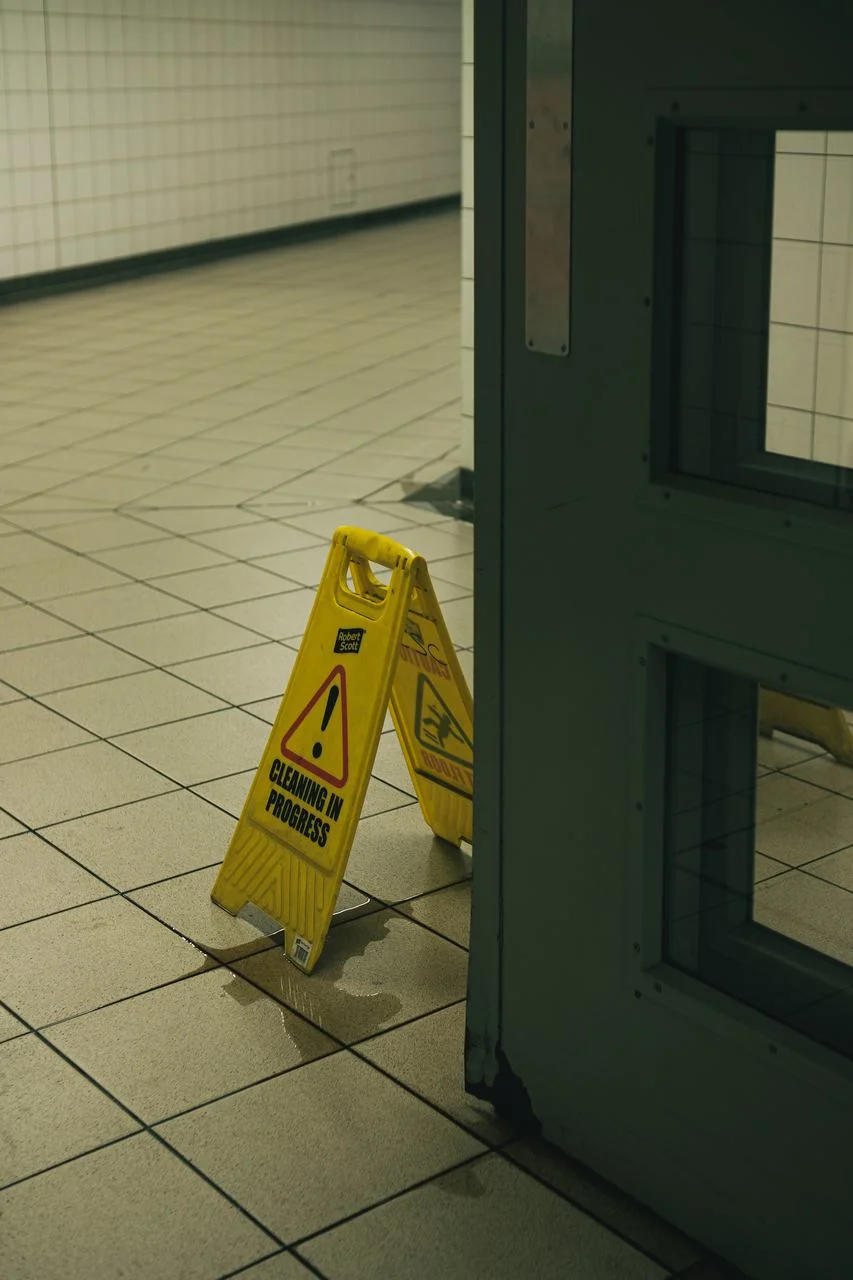Understanding Alabama’s Comparative Fault in Slip and Fall Cases

In slip and fall cases, understanding how Alabama’s comparative fault rule applies can significantly impact the outcome of your claim. This rule determines how responsibility for an accident is divided between the parties involved and affects the amount of compensation you may be entitled to receive. Here’s a detailed look at Alabama’s comparative fault rule and its implications for slip and fall cases.
What Is Comparative Fault?
- Definition: Comparative fault, also known as comparative negligence, is a legal doctrine used to allocate responsibility when multiple parties contribute to an accident. In slip and fall cases, it assesses the degree to which each party’s actions or inactions contributed to the accident and resulting injuries.
- Alabama’s Rule: Alabama follows a strict version of comparative fault called “contributory negligence.” Under this rule, if a plaintiff is found to be even partially at fault for the accident, they may be barred from recovering any damages.
How Comparative Fault Applies in Slip and Fall Cases
- Determining Fault: In a slip and fall case, comparative fault involves determining the extent to which each party contributed to the incident. For example, if you slipped on a wet floor but were also not paying attention, the court would assess both your actions and the property owner’s responsibilities.
- Impact on Recovery: Under Alabama’s contributory negligence rule, if you are found to be even 1% at fault, you may not be entitled to any compensation. This contrasts with other states that use comparative negligence, where compensation is reduced in proportion to your degree of fault.
Key Considerations in Slip and Fall Cases
- Gathering Evidence: To challenge or mitigate claims of contributory negligence, gather comprehensive evidence that shows the property owner’s responsibility for maintaining a safe environment. This includes photographs of the hazard, witness statements, and records of any prior complaints about the dangerous condition.
- Proving Negligence: To establish liability, you must demonstrate that the property owner acted negligently and that their negligence directly resulted in your injury. This requires proving that the property owner was aware or reasonably should have been aware of the hazardous condition and failed to take appropriate action to repair or remove the danger. Essentially, you need to show that the property owner either had actual knowledge of the issue or that the condition existed long enough that they should have discovered it through regular maintenance and inspections, yet failed to address it in a timely manner.
- Addressing Comparative Fault: If you are partially at fault, it’s crucial to present evidence that minimizes your role in the accident. Demonstrating that the property owner’s negligence was the primary cause of the slip and fall can help mitigate claims of contributory negligence.
Strategies for Managing Comparative Fault
- Document the Accident: As soon as possible after the slip and fall, document the scene, including the condition of the floor, any warning signs, and your own actions leading up to the accident. This documentation can help establish the extent of the property owner’s negligence.
- Seek Medical Attention: Obtain prompt medical treatment for your injuries and keep detailed records. This not only supports your claim but also helps demonstrate the seriousness of your injuries and their impact on your life.
- Consult an Attorney: An experienced personal injury attorney can help navigate the complexities of Alabama’s contributory negligence rule. They can assist with gathering evidence, challenging claims of comparative fault, and presenting a strong case for compensation.
Legal Remedies and Compensation
- Types of Damages: If you successfully prove that the property owner’s negligence was primarily responsible for your injuries, you may be entitled to compensation for medical expenses, lost wages, pain and suffering, and other damages related to the accident.
- Settlements: In some cases, negotiating a settlement with the property owner’s insurance company can be a practical solution. Your attorney can help negotiate a fair settlement that considers the comparative fault issues and protects your interests.
Conclusion
Understanding Alabama’s comparative fault rule is essential for navigating slip and fall cases. In a state with contributory negligence, even a small degree of fault on your part can bar you from recovering damages. By gathering strong evidence, addressing comparative fault claims, and working with a skilled personal injury attorney, you can improve your chances of achieving a favorable outcome in your slip and fall case.